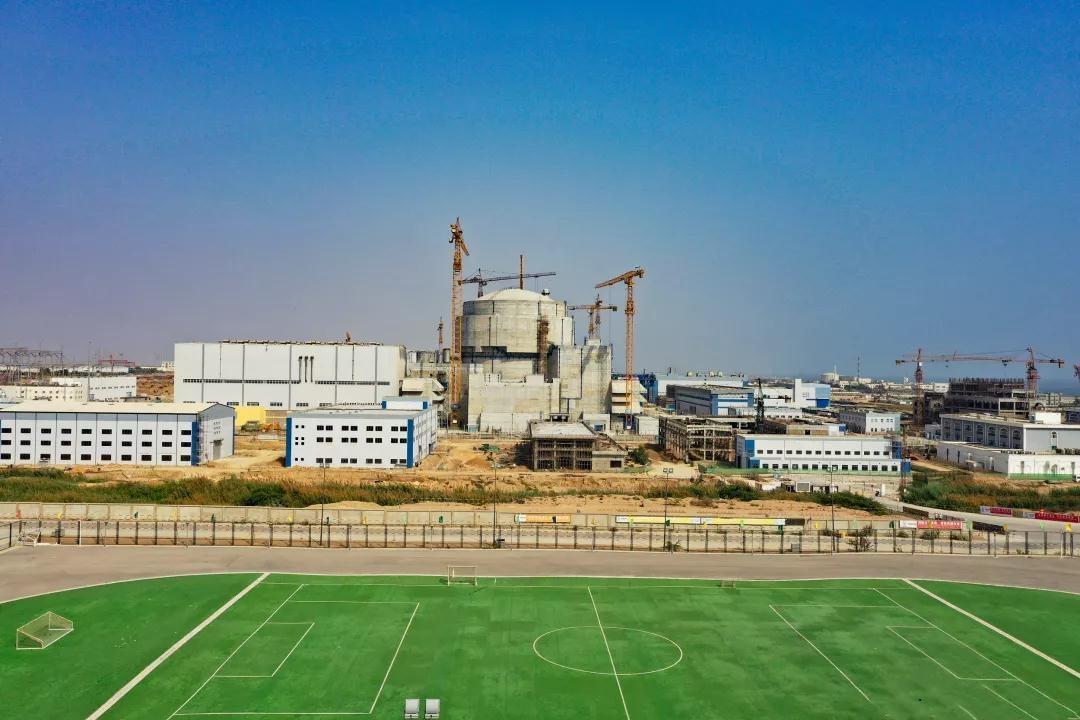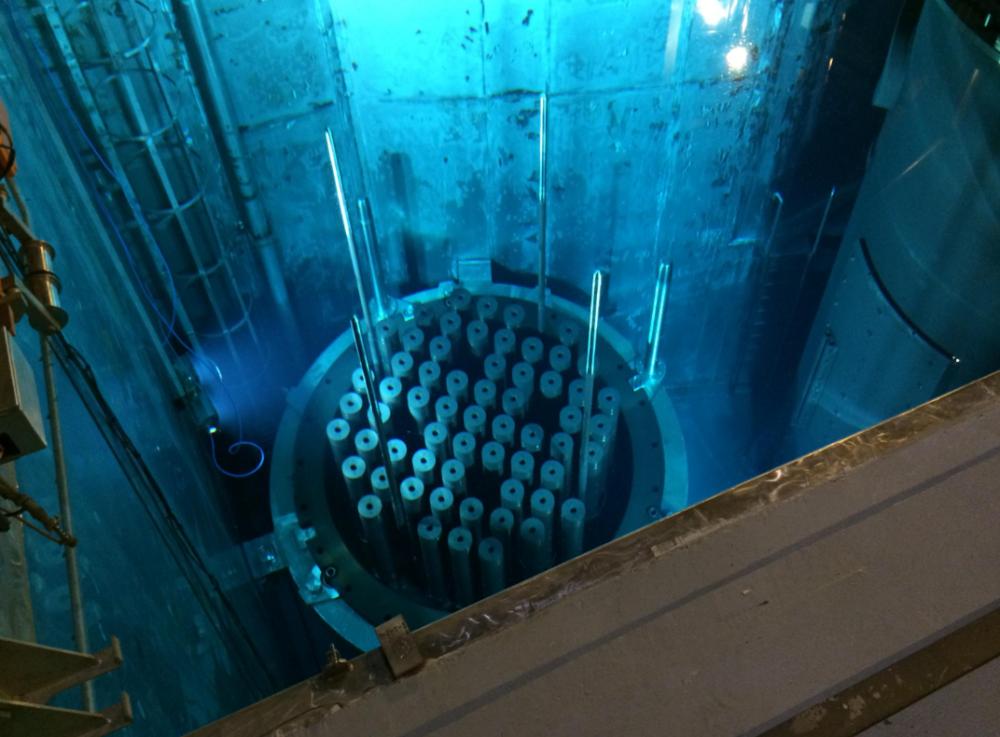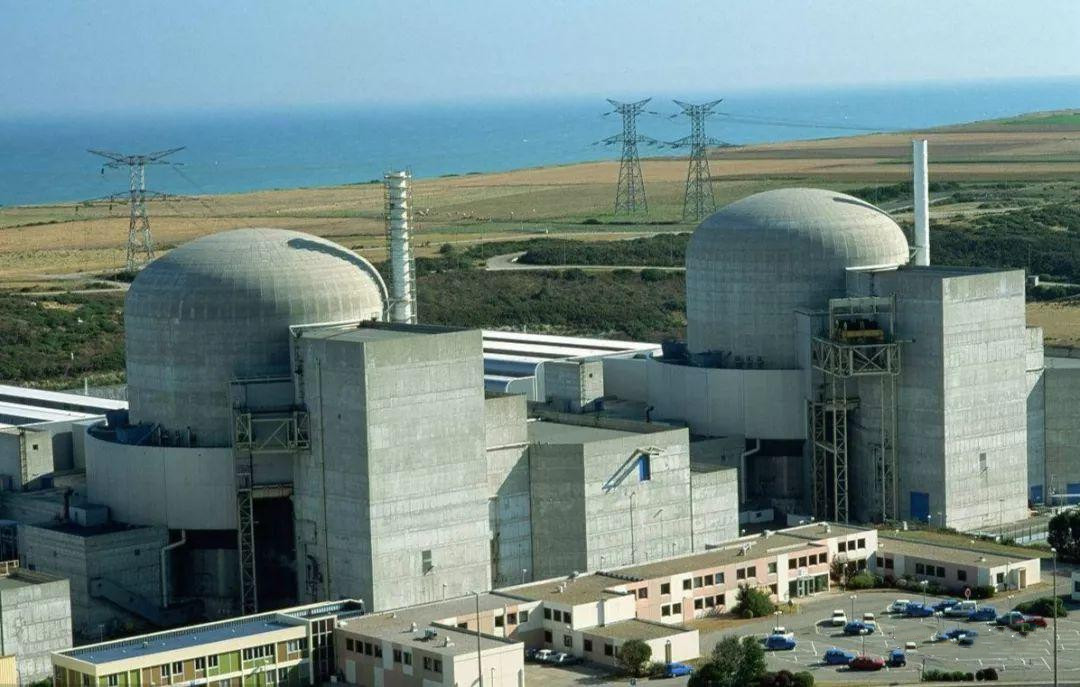CCTV Finance recently announced that China is about to build the Linglong small nuclear reactor. Linglong also has a name, ACP-100, which is a small reactor with a generating power of 100 megawatts. According to China National Nuclear Corporation, this is a mature military pressurized water reactor for civilian use. Then he and the future nuclear How much does a powered aircraft carrier matter?

ACP-100 is very distinctive from the design point of view. It is an individualized reactor. As the name implies, the main body of the nuclear reactor, steam generator, and cooling pump are all integrated into the pressure shell of the reactor. The advantage is that it is small and compact, and the main loop is closed. The natural circulation ability after the pump is also stronger, so the efficiency is higher. These advantages make it seem that it is naturally suitable for use on ships with compact spaces such as submarines. It's not news that the ship's piles have landed ashore. The Russian floating nuclear power plant was connected to the grid in Chukchi last year.
Contact the China National Nuclear Corporation's introduction to the Linglong, “Based on the design of a military pressurized water reactor and developed using mature technology, it is a modular small reactor”. To put it bluntly, it is also a shipyard. The answer is obvious. In fact, ACP-100 It is an ashore modification of the pressurized water reactor used on the 093B nuclear submarine. Submarine reactors also need the advantages of compact reactors, high natural circulation efficiency, and quietness when shutting down the main pump.

But if Linglong is used as an aircraft carrier, it's too far. The advantages of the integrated reactor are not needed for aircraft carriers, and the shortcomings of insufficient power are obvious. The integrated reactor is limited by the structure and volume, and the pressure shell cannot be made. It's too large, so it's difficult to increase the power. Generally, they are used as submarine stacks. Nimitz and Ford in the United States are compact scattered stacks. Only Charles de Gaulle in France is so poor that submarines stack aircraft carriers. , Just used this kind of integrated reactor, you can see the same two nuclear reactors, how much difference is this power.
Some people also compared the 100 MW power of the Linglong with the propulsion power of Nimitz's A4W reactor, and concluded that the power is larger and more advanced enough to propel the aircraft carrier. This is a mistake in the concept of nuclear reactor power.
The reactor has three completely different power parameters: thermal power, electrical power, and propulsion power. Using the Linglong's electrical power to compare the Nimitz-class propulsion power is to compare the height of an individual to the weight of another individual. 100 MW is just The nominal electric power of the Linglong means that if the reactor is all used to drive the turbine generator, the power generation can reach 100 megawatts, and the two 194 megawatts are the propulsion power of the A4W reactors used in the Nimitz class. This difference can be significant. Big. The most appropriate is to directly compare the thermal power. Linglong 1 is 310 MW, while Nimitz's A4W is 550 MW. There is still a considerable gap between the two sides. If compared with Ford's latest A1B reactor, That person has a full 700 megawatts, which is more than the two Linglong.

So even if we don't talk about abundance and longevity, Linglong is not a suitable reactor for aircraft carriers. The power is not large enough. If you want to reach the Nimitz level of propulsion power, considering the greater power demand, then the reactor must be used. The cost and complexity of the last four reactors will soar.
Although it is not a suitable power reactor for super aircraft carriers, the ACP-100 is a power reactor that is quite suitable for other aircraft carriers. Yes, it is used as a power station for islands and reefs. In fact, the biggest promoter of domestic small nuclear power plants is the oil companies that have oil platforms in the South China Sea to power the drilling platforms. However, for the highly dispersed seas surrounding China and the islands where there are not many people, such small nuclear power plants are also a natural savior. Just like the floating nuclear power plant built by Russia, deployed in the Arctic region far from the population center, it can provide electricity, heating and fresh water to isolated but extremely valuable small cities.
The same is true for the construction of such small nuclear power plants on man-made large islands and reefs. If these islands and reefs want to deploy more technical equipment, especially the installation of various large-scale radars and other detection arrays, they are all power consumers. And the sufficient and stable power supply that nuclear power plants can bring, allows the island and reef bases to deploy more technical equipment and provide support capabilities, such as various anti-stealth radars, ultra-horizon radars, X-band radars, and so on. If the power is sufficient, more radars will be deployed in the South China Sea, and richer intelligence protection will be provided, so that the enemy's aircraft carrier formation, submarines and stealth aircraft will not be able to hide under any circumstance. If it is really built into an intervention restricted zone, the value will be comparable to two ships. The nuclear aircraft carrier is much taller.

At the same time, nuclear power plants can also provide almost unlimited desalination capacity. The amount of fresh water and power supply is also an important guarantee for combat effectiveness for the officers and soldiers stationed on the island. Fresh water, popsicles that can't be eaten, fresh water baths that you can take if you want to take a bath. As the saying goes, air-conditioning is the guarantee of combat effectiveness, and the guarantee of combat effectiveness that nuclear power plants can provide is several times that of air-conditioning.
Therefore, although the Linglong is not a suitable nuclear aircraft carrier reactor, the value of military deployment is no less than that of a nuclear aircraft carrier power reactor.



